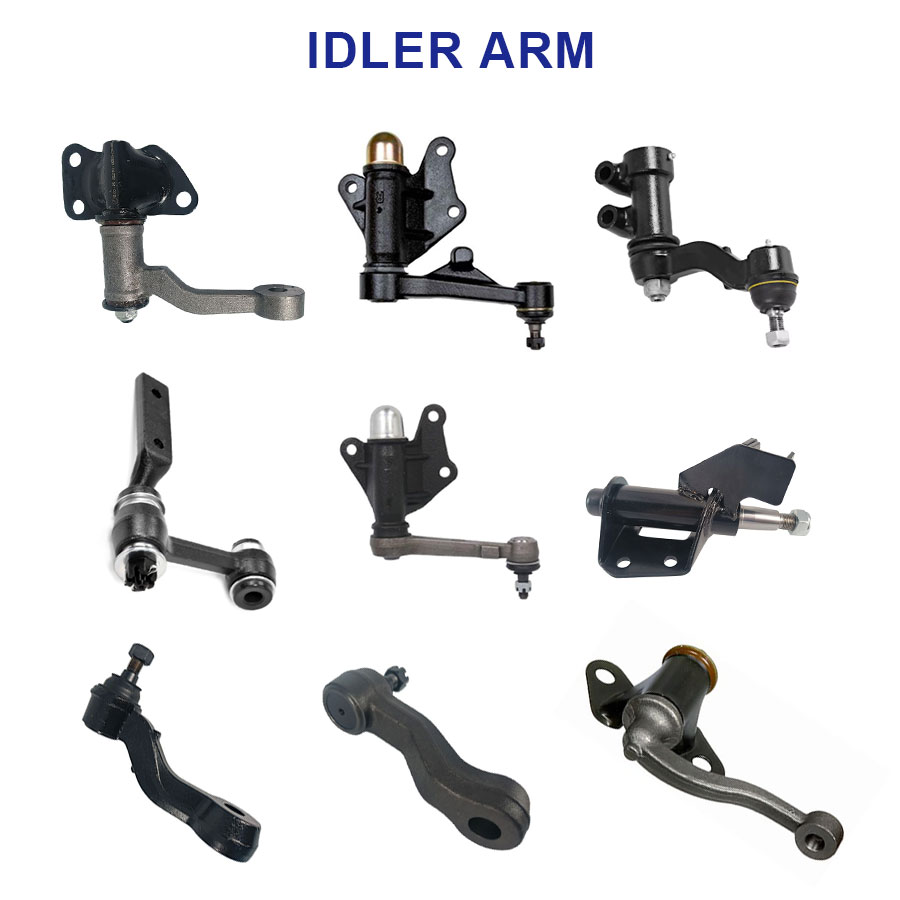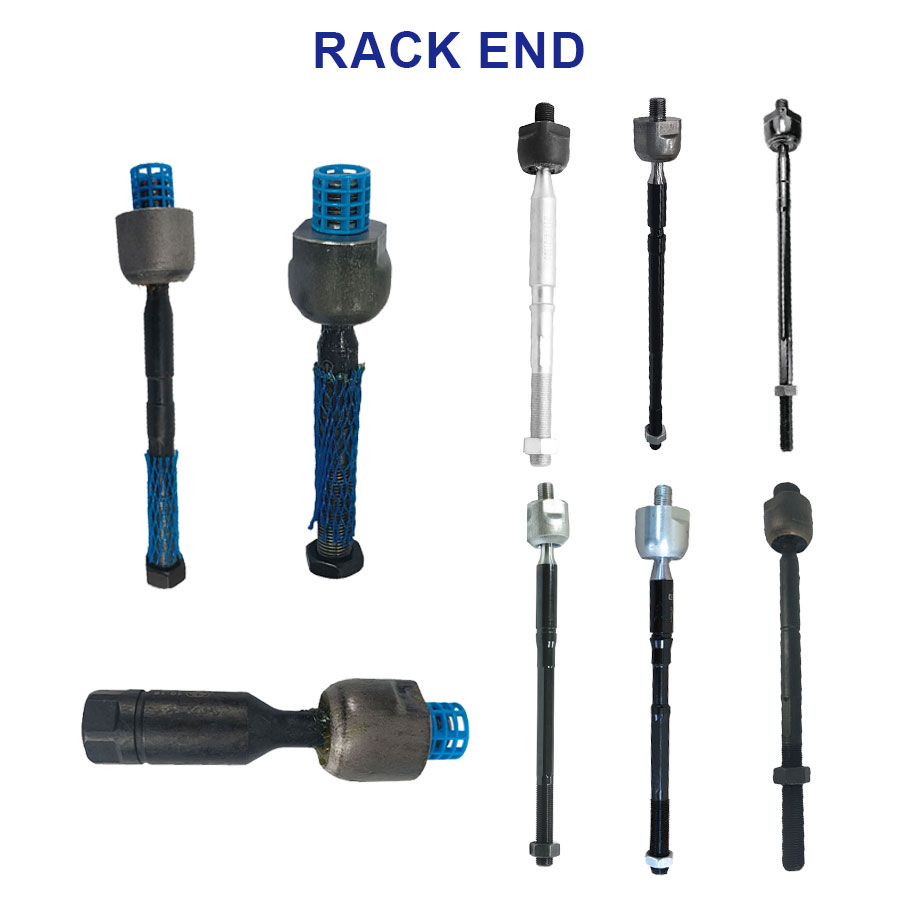Frozen Food Accurate Counting Solution
Q1: What are the pain points of traditional frozen food counting methods?
Traditional manual or simple mechanical counting methods mainly suffer from two major pain points: low efficiency, which struggles to meet large-scale production demands, and high error rates, leading to cost losses and customer complaints.

Q2: How does Zhiwan Vision Particle Counting Machine solve these problems?
Our automatic vision counting machine utilizes advanced machine vision and optical technology to provide a high-precision, fully automated counting solution, fundamentally eliminating the aforementioned pain points.
Q3: What are the core advantages of this equipment?
|
Advantage |
Description |
|
Counting Accuracy |
Accuracy rate as high as 99.9% or above |
|
Processing Speed |
Capable of processing thousands of items per minute |
|
Adaptability |
Widely adapts to frozen foods of various shapes and sizes (e.g., meatballs, shrimp, vegetables) |
|
Hygiene & Safety |
Food-grade contact materials ensure no contamination |
|
Smart Learning |
Built-in algorithm continuously learns and optimizes for high recognition accuracy |
Q4: What types of frozen foods can it recognize?
The equipment has a broad range of applications, including but not limited to:
- Frozen meat, meatballs, sausages
- Seafood (e.g., whole shrimp, shrimp meat, fish pieces)
- Cheese cubes, frozen fruits, vegetables
- Desserts, baked goods (e.g., frozen fries, pumpkin pies)
- Other convenient frozen foods
Q5: In which stages of the production process is it typically used?
There are three main application scenarios:
- Online Counting (Front-end Integration): Integrated at the front end of the production line to achieve fully automated counting from production to packaging.
- Quality Sampling (End-stage Verification): Conducts precise sampling at the end of the packaging stage to strictly control outgoing quality.
- Warehouse Inventory: Used for fast and accurate inventory checks in raw material or finished product warehouses, improving storage management efficiency.
Q6: What specific value can it bring to our customers?
|
Benefit |
Description |
|
Efficiency Boost |
Counting efficiency is 5-10 times higher than manual methods, speeding up production cycles |
|
Cost Control |
Significantly reduces labor costs and material loss due to counting errors |
|
Quality Assurance |
Drastically reduces counting errors, improving product quality and customer satisfaction |
|
Data Traceability |
Provides complete counting data records for precise production traceability |
|
Compliance & Safety |
Fully complies with food hygiene and safety regulations and standards |
Q7: How can we get more information or experience the product?
Feel free to contact our professional team at any time. We can provide detailed product technical documentation and success cases, and based on your needs, arrange a free on-site demonstration to offer a tailored technical solution.








